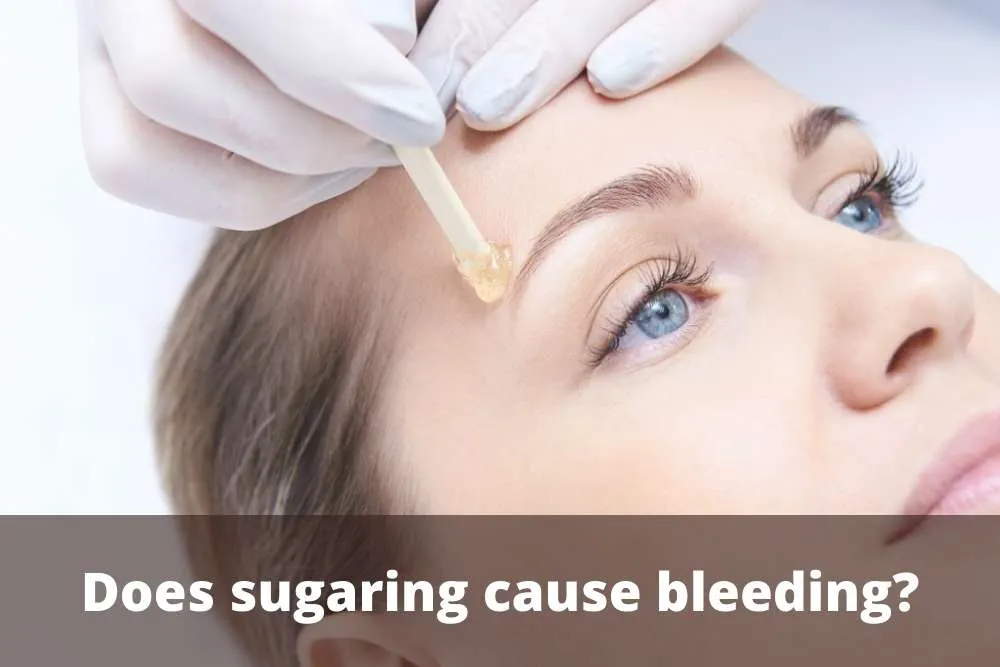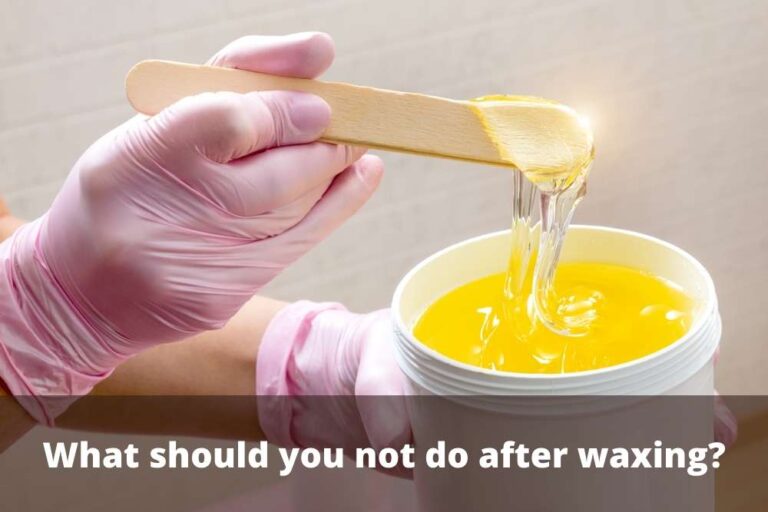Does sugaring cause bleeding?
Does sugaring cause bleeding?

Does Sugaring Cause Bleeding? Exploring the Facts and Myths
In the pursuit of smooth and hair-free skin, various hair removal methods have gained popularity over the years. One such technique that has gained attention is sugaring, a natural alternative to traditional waxing. However, amidst the buzz around sugaring, questions arise about its potential side effects, particularly the concern of bleeding. In this comprehensive article, we delve into the details to provide you with accurate information and debunk the myths surrounding this topic.
Understanding Sugaring: A Natural Approach to Hair Removal
Sugaring, an ancient hair removal technique, involves using a mixture of sugar, water, and lemon juice to create a paste-like substance that is applied to the skin. This paste is then flicked off in the direction of hair growth, removing hair from the root. This method is celebrated for its natural ingredients and minimalistic approach, catering to individuals with sensitive skin or those looking for a gentler alternative to waxing.
The Myth of Bleeding: Separating Fact from Fiction
One common concern that arises when discussing sugaring is the potential for bleeding. It’s essential to address this concern and provide a clear understanding of whether bleeding is a typical outcome of sugaring.
Contrary to popular belief, bleeding during sugaring is not a common occurrence and is often a result of incorrect technique or inadequate preparation. When performed correctly, sugaring aims to minimize discomfort and the likelihood of adverse reactions, such as bleeding.
Factors Influencing Bleeding During Sugaring
- Hair Length and Texture: Optimal results are achieved when the hair is at the right length for sugaring. Hair that is too short can make the process more painful, while hair that is too long might lead to increased discomfort and potential bleeding. Proper trimming ensures a smoother experience.
- Skin Preparation: Preparing your skin before sugaring can significantly impact the outcome. Exfoliating the area a day or two prior to the treatment helps remove dead skin cells and reduces the risk of ingrown hairs, which can sometimes cause minor bleeding.
- Technique: The technique employed during sugaring plays a vital role in preventing bleeding. A skilled professional who understands the correct application and removal methods will minimize the risk of trauma to the skin.
- Skin Sensitivity: Individuals with sensitive skin might experience slight redness or irritation after sugaring, but significant bleeding is rare. Inform your esthetician about any skin sensitivities or allergies before the treatment.
Minimizing Discomfort and Potential Bleeding
To ensure a comfortable and successful sugaring experience, consider the following tips:
- Choose a Skilled Professional: Opt for a trained and experienced esthetician who specializes in sugaring. Their expertise will ensure a smooth and safe procedure.
- Communication is Key: Discuss any concerns or specific skin conditions with your esthetician before the treatment. This information will help tailor the procedure to your needs.
- Follow Aftercare Recommendations: After the sugaring session, follow the aftercare guidelines provided by your esthetician. These guidelines will help you maintain healthy, smooth skin and reduce the risk of adverse reactions.
Debunking the Myth: Sugaring and Bleeding
It’s important to reiterate that sugaring, when performed correctly, is unlikely to cause bleeding. The technique prioritizes gentle removal of hair without traumatizing the skin. Minor redness or sensitivity might occur, but significant bleeding is not a standard outcome of the process.
Sugaring is a natural and effective method of hair removal that typically does not result in bleeding. By choosing a trained esthetician, preparing your skin adequately, and following proper aftercare, you can enjoy a comfortable and virtually pain-free sugaring experience. Remember that individual experiences may vary, and it’s essential to communicate openly with your esthetician to ensure the best possible outcome.
Frequently Asked Questions About Sugaring and Bleeding
Does sugaring hurt more than waxing, and does it cause bleeding?
Sugaring is often considered less painful than waxing due to its gentle application and removal process. While some discomfort may be experienced, it’s important to note that sugaring is designed to minimize trauma to the skin. When performed by a skilled esthetician, sugaring is unlikely to cause bleeding. Proper technique, preparation, and communication with your esthetician contribute to a smoother and less painful experience.
Can sugaring lead to ingrown hairs and bleeding?
Sugaring can help reduce the occurrence of ingrown hairs compared to other hair removal methods. By exfoliating the skin before the treatment and following proper aftercare, you can minimize the risk of ingrown hairs and potential bleeding. It’s essential to choose an experienced esthetician who understands how to prevent ingrown hairs during the sugaring process.
What should I do if I experience bleeding after sugaring?
Bleeding after sugaring is rare and typically associated with improper technique or inadequate skin preparation. If you do experience minor bleeding, it’s recommended to apply gentle pressure using a clean cloth to stop the bleeding. Avoid applying harsh products or irritants to the area. If bleeding persists or you have concerns, consult your esthetician or a medical professional for guidance.
Sugaring, a natural and effective method of hair removal, is unlikely to cause bleeding when performed correctly. With the guidance of a skilled esthetician, proper skin preparation, and attentive aftercare, you can enjoy the benefits of sugaring with minimal discomfort and a reduced risk of adverse reactions.



